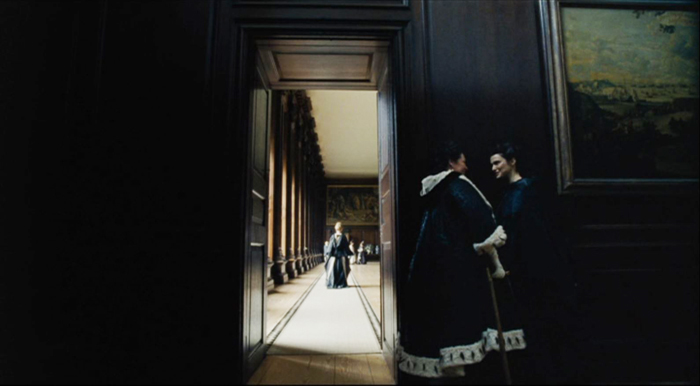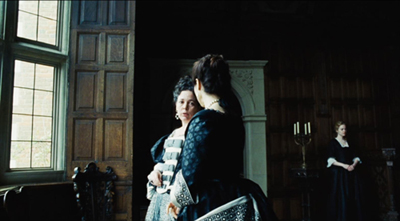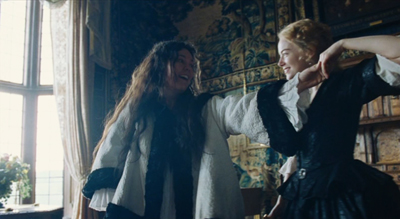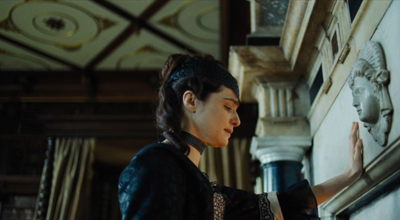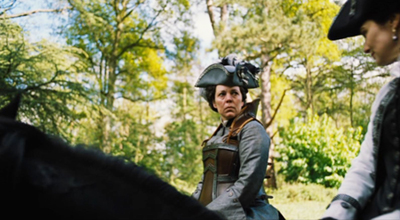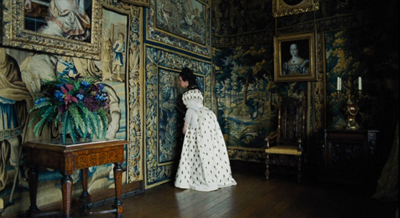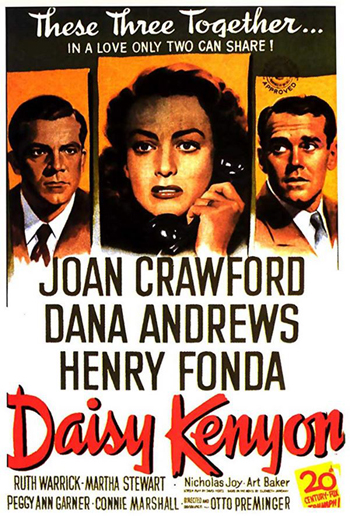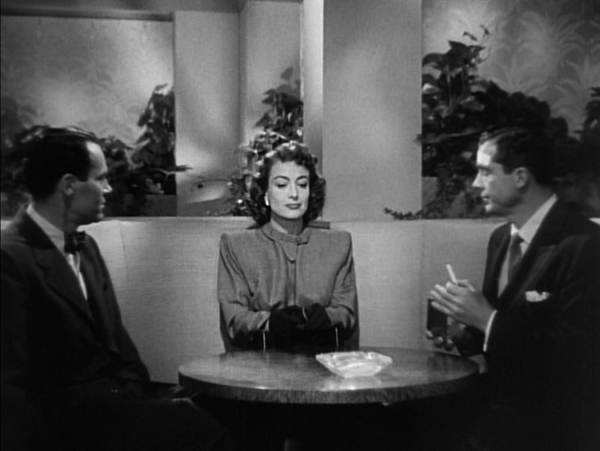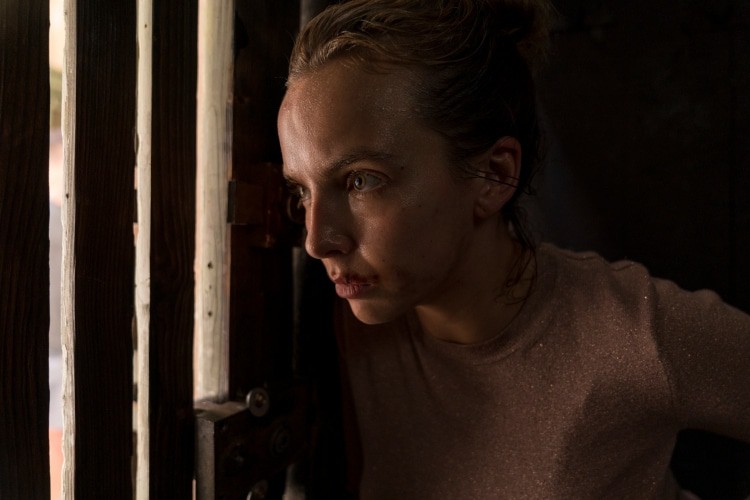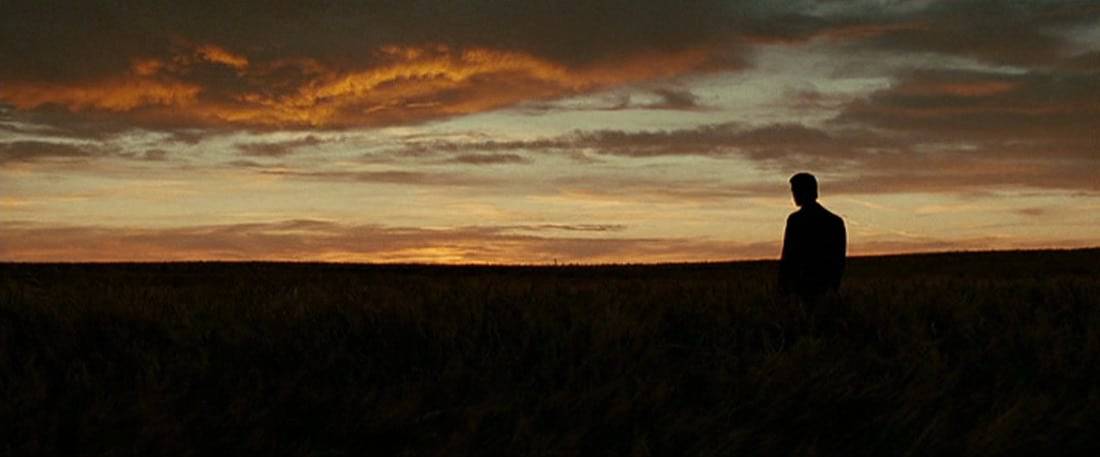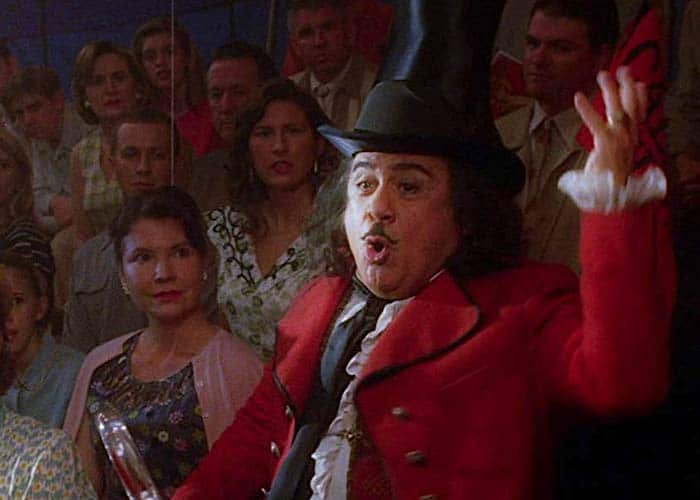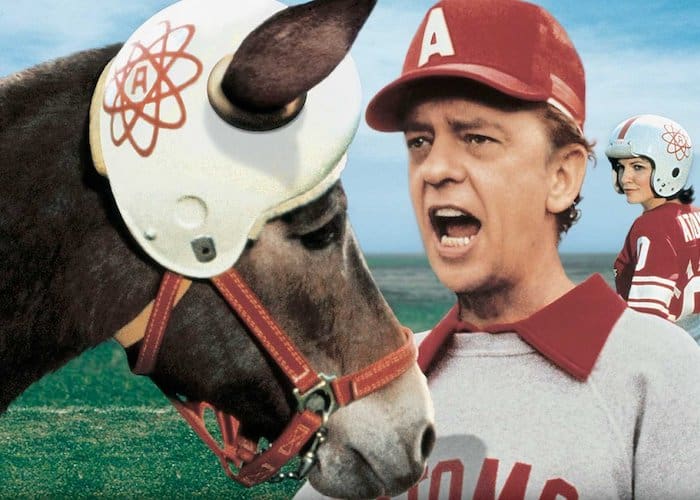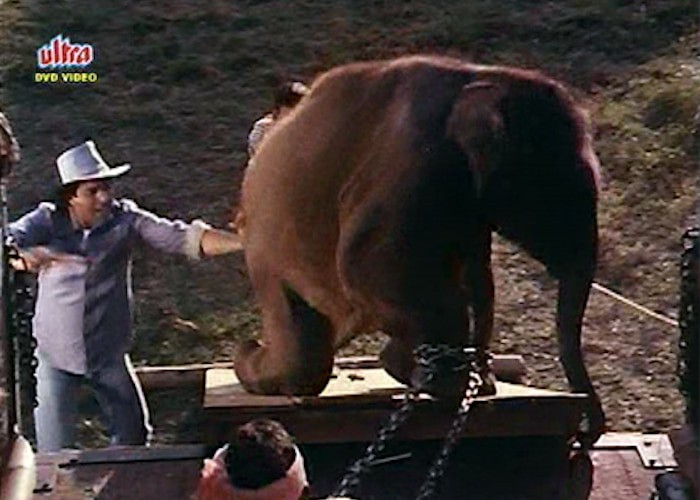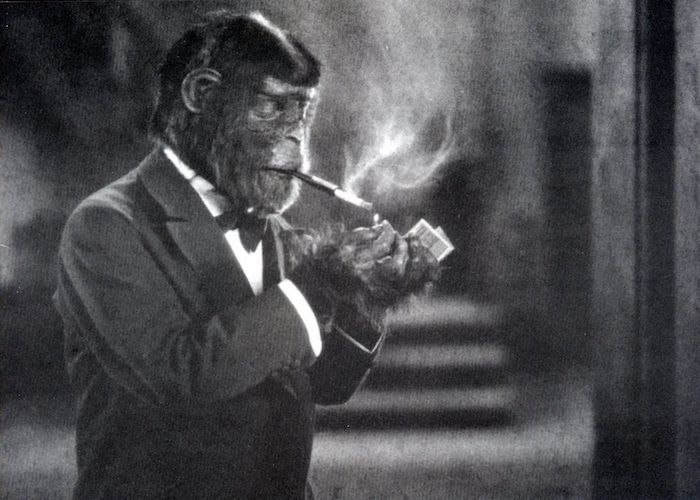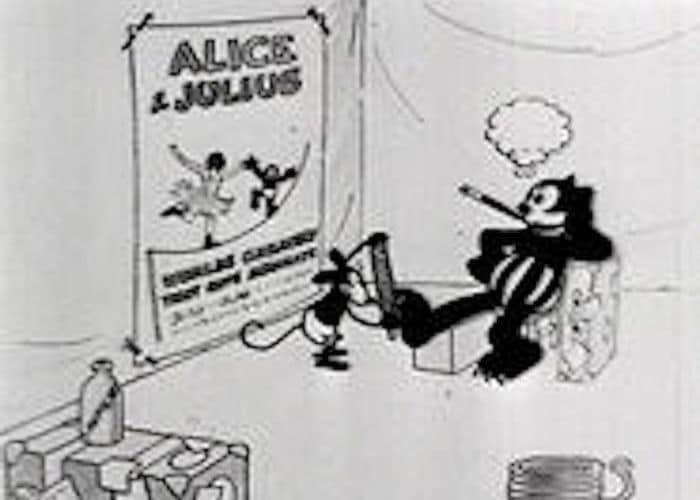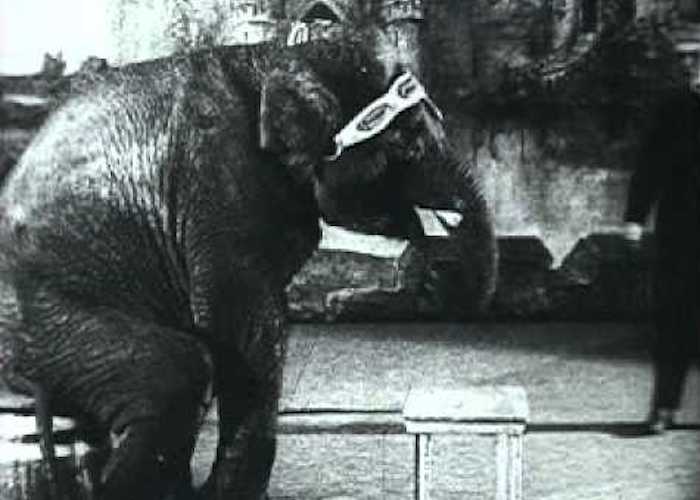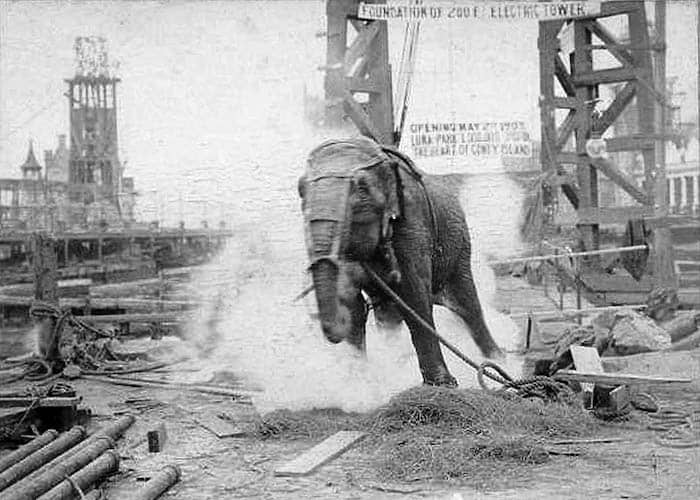Kristin here:
Given the current year-round feverish speculation about the Oscars, it was perhaps inevitable that the campaign for performer-awards nominees for the three leading ladies of The Favourite was what drew attention to their relative prominence in the film. As Gold Derby (the website subtitled “Predict Hollywood Races”) said during the lead-up to the announcement of the nominees, “The film inspired a lot of debate in the early days of the Oscar derby as to what categories the film would campaign its three actresses [for].” Ultimately it was decided to place Olivia Colman in Best Actress and Emma Stone and Rachel Weisz in Best Supporting Actress. (For those who are interested, this story gives a detailed run-down of those occasions on which two or even three performers from the same film were nominated opposite each other in the same category.)
Esquire was one among many media outlets stating the same opinion: “Yes, Emma Stone and Rachel Weisz are both leading players in The Favourite, and yes, it’s probably category fraud that they were submitted in the supporting category to bolster Olivia Colman’s chances to win Best Actress. It is what is, and we must live with the fact that these two will get the nomination.” Indeed, that was what happened.
Stone and Weisz showed good grace in reacting to the studio’s decision–wise even without the benefit of hindsight–to campaign for Colman as the sole best-actress nominee. They did not, however, suggest that she was the sole protagonist of the film. In an interview with The Hollywood Reporter, Weisz remarked, “I think Fox Searchlight was quite brave to make a film with three really complicated female protagonists. It’s doesn’t happen every day, sadly.” Every year The Hollywood Reporter interviews prominent but anonymous Academy members about their opinions and preferences in the main categories. This year an unknown director complained of the best-actress race, “I don’t understand what [Olivia Colman’s] doing in this category, or what the other two [Emma Stone and Rachel Weisz] are doing in supporting–all three should be the same.” The notion that the three roles were roughly equal in importance was expressed widely during awards season. Google “The Favourite” and “three protagonists,” and many hits will show up in the trade and popular-press coverage.
This notion of three protagonists intrigued me. I believe that the structures of many classical narrative films depend to a considerable extent on how many protagonists they have, what those protagonists’ goals are, and what sorts of obstacles they encounter along the way–often obstacles that lead or force them to change their goals. I based my book, Storytelling in the New Hollywood (1999), partly on that idea. For close analysis I chose four exemplary films with single protagonists (Tootsie, Back to the Future,, The Silence of the Lambs, and Groundhog Day), three with parallel protagonists (Desperately Seeking Susan, Amadeus, and The Hunt for Red October), and three with multiple protagonists (Parenthood, Alien, and Hannah and Her Sisters).
Single protagonists are the commonest, and their obstacles are typically generated by single antagonists. Multiple protagonists are somewhat less so. They tend to break into at least two types. There are shooting-gallery plots like Alien, in which the protagonist is the one who, predictably or not, survives the gradual killing-off of the other main characters. Then there’s the network-of-relations plot, like Parenthood and Hannah, in which separate plotlines are acted out, with the protagonist of each related by blood or friendship to the protagonists of the others. More difficult to pull off is the multiple-protagonist plot where the characters are linked by an abstract idea and have minimal or tenuous relationships to each other–Love Actually being a masterfully woven example. (Would that it had existed when I wrote my book!)
The parallel-protagonist plot is relatively rare. I’m not talking about a film with two main characters who are closely linked and sharing the same goal. The buddy-film, most obviously two partner cops as in the Lethal Weapon films, is a common embodiment of this goal, as is the romance where the couple are in love from early on but face obstacles posed by others, as in You Only Live Once.
Parallel protagonists are not initially linked but pursue separate goals that usually bring them together. This might involve a romance conducted from afar, as in Sleepless in Seattle. One character may know the other and seek to be more like him or her, as in Desperately Seeking Susan and The Hunt for Red October. In those two cases, the main characters end by succeeding as they come together and become friends. (Hair would be another example I could have used.) In Amadeus, on the other hand, Salieri fails in his desperate attempt to replace Mozart in public favor and to essentially become him by stealing his Requiem and passing it off as his own.
The triple-protagonist plot
I never considered the category of triple protagonists, simply assuming they would belong within the multiple-protagonist films. Perhaps they do, but The Favourite raises the possibility that such films have a distinctive dynamic, somewhat akin to the parallel-protagonist plot but more complex, or at least more complicated.
Balancing two protagonists who have more-or-less equal stature in the plot is probably not much more difficult than the other types of classical plots. I think that’s largely because these two main characters can come together by the end and become the romantic couple or the buddies who could easily have been the main figures in a dual-protagonist film. Three protagonists, however, are very difficult to balance without one or two of them becoming mere supporting players by the end.
Across the history of classical filmmaking, there are probably a fair number of examples of such a balance being achieved. It’s not easy to think of more than a few, though. The first one that came to my mind is Otto Preminger’s underappreciated Daisy Kenyon (1947). In it Daisy is the mistress of a prosperous married lawyer, Dan, who refuses to divorce his wife and marry her. She meets a genial but traumatized war veteran, Peter, and marries him, but when her initial lover finally files for divorce, she is torn between the two. More about Daisy Kenyon later, the point here being that a triple-protagonist plot is not out-of-bounds for Hollywood and that two people struggling to win a third’s favors is an obvious situation to use in such a film.
The first half of The Favourite displays the long-established relationships between Queen Anne and Sarah. Sarah is stern and commanding with Anne, even cruel at times, and she runs political affairs in the Queen’s place. It is also clear, however, that the two love each other and that Anne, with her various physical and mental frailties, heavily depends on her friend. This half also traces the rise of unfairly impoverished Abigail, Sarah’s cousin. She ingratiates herself with Anne by helping nurse her gout and providing sympathy and deference; she even induces the semi-invalid Anne to dance.
Up to this point we are cued to sympathize with Abigail. She has been the innocent victim of misfortune and is treated cruelly once she arrives at court and Sarah hires her as a scullery maid. The midway turning point, as I take it, happens in the scene where Abigail shoots a pigeon and the blood spurts onto Sarah’s face. Immediately after this a servant arrives to say that the Queen is calling for Abigail rather than Sarah. Abigail is implied to have tipped the balance toward her being accepted as Anne’s favorite.
After this point, we suddenly start to see Abigail’s conniving side, and the pendulum swings as we grasp that Sarah has been displaced in the Queen’s affections through Abigail’s lies about her. In this second half, we are led to recall that Sarah, dominating though she is with Anne, truly loves her and is far more qualified to help run the state than frivolous Abigail is. By the end, all three have managed to make each other and themselves miserable, though Sarah still has her husband and manages to take exile abroad in her stride. None of them emerges as the most important character.
One might argue that Abigail functions as a conventional antagonist. After all, she drugs Sarah’s tea, nearly causing her death–and showing no compunction about it. Yet she, too, is pitiable. Her father gambled her away into marriage with a stranger, and early in the film she is bullied by the other servants. Sarah has her unlikable side and at one point attempts to blackmail Anne by threatening to make public the Queen’s love letters to her–an act that finally drives Anne to reject her. Before that rejection, however, Sarah burn the letters instead, confirming her inability to betray queen and country.
In a review on tello Films Karen Frost writes,“While Stone may receive a modicum more screen time than the other two, this movie really has three protagonists, all of whom are compelling in their own way.” I suspect a lot of spectators, including me, share this impression that Abigail is onscreen or heard from offscreen marginally more than Anne or Sarah. That said, it’s very difficult to measure the presence of each character, given how short the scenes are and how often the women come and go from the rooms where the main action is occurring. And does a scene like the one at the top of this section, where Anne and Sarah converse while Abigail stands mutely in the distance, give equal weight to all three? Perhaps, in that we are here conscious of the latter’s simmering resentment.
In a comparable scene, Abigail is pushing the Queen in a wheelchair. Anne becomes upset and tries to stagger back to her room. We follow her and concentrate on her struggle and emotions for some time before Abigail appears again with the chair. Should we consider this one scene between the two, or actually three scenes, with the two together, then Anne alone, and then the two together again? Even within scenes where two or three of the women are present, weighing their relative prominence in the scene presents difficulties.
The casting is crucial in such a film, since the relative prominence of the actors tends to affect our judgment of their characters’ importance. Rachel Weisz and Emma Stone were both Oscar-winning stars before The Favourite‘s release. Olivia Colman was not well-known in the US, but she had had a long and prominent career on television and occasional films in the UK, The Favourite‘s country of origin. Certainly as Anne she gains the audience’s sympathy early on and becomes plausible as a protagonist alongside the other two.
Scenes and twists
I decided that rather than attempt to clock screen time, I would count how many scenes each character had alone, how many involved two of them, and how many showed all three together. When I say “alone,” I mean only one of the three women is present, though often she is interacting with the main male characters, Lord Treasurer James Godolphin, Leader of the Opposition Robert Harley, and Baron Masham. Given the many very short scenes, the intercutting, the presence of the characters in the backgrounds when the others are emphasized, and the brief intrusion of a character into a scene that overall emphasizes one or two of the other women, my breakdown into segments can’t be precise.
I’ve compared the numbers of scenes devoted to the various combinations of characters in the first and second halves of the film, given the reversed situations of Sarah and Abigail in those large-scale sections.
First, the characters alone:
Anne has only 1 solo scene in the first half/3 in the second. (Total 4)
Sarah is alone 2 times in the first half/8 in the second. (Total 10)
Abigail is alone 7 times in the first half/9 in the second (Total 16)
Abigail’s larger number of scenes apart from the other two women occur largely because she is duplicitous and her situation changes drastically. Anne and Sarah behave straightforwardly, the former because she is too addled to be capable of deception and the latter because she is fundamentally honest, if sometimes brutally so.
Abigail’s duplicity must be revealed gradually. This is done to a considerable extent through two important relationships that help reveal that she is not the sweet young thing that we may have initially taken her to be. In the first half, Harley tries to bully her into acting as a spy in Anne’s bedchamber, passing on to him the political tactics and decisions of the Queen and Sarah. At first it is not clear that Abigail will comply. She also has aggressively flirtatious scenes with Masham. Initially she seems to be Harley’s victim and genuinely attracted to Masham, if in a rather eccentric fashion. Almost immediately after the midway turning point, however, Abigail passes secret information to Harley for the first time. Later, after Anne permits her to marry Masham, it is revealed that Abigail’s primary motive was to restore her lost social standing.
Scenes with Queen Anne with one or the other or both other women:
Anne with Sarah: 6 times in the first half/7 in the second (Total 13)
Anne with Abigail: 3 times in the first half/10 in the second (Total 13)
Anne with both: 6 times in the first half/5 in the second (Total 11)
Here the balance among the three protagonists becomes apparent. Whether intentionally or not, the scriptwriters gave Sarah and Abigail the same number of scenes alone with the queen. Abigail’s access to the Queen is naturally considerably greater in the second half of the film, as she gains her status as the favorite. Surprisingly, though, Sarah’s scenes with Anne are balanced between the two halves. I take this to reflect the Sarah’s determination not to be defeated and also the lingering friendship and genuine love that the two have shared since childhood. If we are to realize by the end that Anne has made a dreadful mistake by rejecting Sarah and sending her into exile, we must be reminded at intervals of how vital Sarah had been in helping Anne run the affairs of state.
The fact that Anne’s scenes with both other women are balanced between the two halves functions to allow us to continue comparing the behavior of both women toward the Queen. We slowly grasp Abigail’s perfidy and Sarah’s prickly steadfastness. The latter is made particularly poignant in Anne’s and Sarah’s final conversation, which takes place through the closed doorway of Anne’s room and ends with Anne rejecting her old friend, despite apologies and pleading.
Queen Anne is in a total of 41 scenes, Sarah in 44, and Abigail in 50, which does suggest that the latter has more screen time overall. The reason for this is probably not that she is more important, but that Sarah and Anne have an established, loving relationship at the beginning, which is easy to set up. Abigail must claw her way up from the scullery to the Queen’s bedroom, which takes more time to accomplish.
The screen time, however, is not the key factor. The film’s impact on the spectator depends to a considerable degree on our struggle to figure out which, if any, if these characters we might identify or sympathize with. There are such frequent shifts of tone and of what we know about each of them that our expectations are systematically undermined in the course of the plot.
In an interview on Deadline Hollywood, Tony McNamara, one of the scriptwriters, describes the effects of having three protagonists:
I thought it would be hard, but it was actually kind of liberating to have three, because it just gave you more options and places to go. Often, an action in a script has a reaction, but just one antagonist and protagonist. But because it’s three protagonists, there was always this cascading effect, and there were more twists. It was fun to have options, [though] there was work to do, making sure that the three were in balance, throughout.
Twists the film has in abundance. Our attitudes toward the characters change time and again. The scene in which Sarah starts letter after letter to Anne, trying to regain her favor, encapsulates all three women’s mercurial behavior. Her openings range from violent resentment (“I dreamt I stabbed you in the eye”) to fondness (“My dearest Mrs Morley”–her pet name for the Queen). The latter is the one she sends, but Abigail consigns it to the fire, finally making any reconciliation between her rival and the Queen impossible.
The ending, with its superimpositions of Anne’s rabbits over the faces of her and Abigail has been criticized as a failure to provide a satisfactory conclusion to the tale of the three protagonists. I’m not sure it is a failure of invention. Abigail’s insinuation of herself into the Queen’s favor began when she noticed the rabbits in the royal bedroom and elicited Anne’s tale of the loss of all seventeen babies she had had, with the rabbits acting as substitutes for them. Abigail had expressed an apparently deep sympathy, but in the final scene Anne sees Abigail capriciously and cruelly press her foot down on one of the rabbits. All illusions that her new favorite has loved her better than Sarah had vanish at this point, if they had not already. The two are portrayed as trapped in a relationship based on grief over unthinkable loss on the part of one and hypocritical manipulation by the other.
Preminger’s balancing act
Daisy Kenyon differs vastly from The Favourite, to be sure. Still, it’s a romantic triangle situation, and the woman who must decide between her two suitors is indecisive up until just before the ending. Dan and Peter are equally plausible as a final choice. Both have faults. Dan is content to carry on his adulterous affair with Daisy indefinitely, and Peter spies rather creepily on her after meeting her, secretly following her to a movie theater so that he can “accidentally” meet her when she comes out. Both clearly are in love with her.
Preminger also managed to cast three stars of more-or-less equal stature. Andrews had gone from supporting roles to the lead in Laura (1944) and was just coming off the success of The Best Years of Our Lives (1946). Fonda had had both leading and supporting roles since the mid-1930s and starred in such films as Young Mr. Lincoln (1939), The Grapes of Wrath (1940), The Lady Eve (1941), and My Darling Clementine (1946). There is no Ralph Bellamy, the obvious Other Man, here.
There’s another resemblance to The Favourite, in that the man Daisy ultimately chooses then says something that creates a final twist–indeed, it’s the last line of the film. He reveals that not all is as we assumed, and we may be left wondering if, like Queen Anne, Daisy may regret her choice.
Another obvious triple-protagonist film is Ernst Lubitsch’s Design for Living (1933), which once again presents a romantic triangle centering on a heroine who is understandably indecisive in choosing between Gary Cooper (George) and Fredric March (Tom). She moves in with both with an agreement that they will avoid sex. She succumbs to George’s charms when Tom is away and to Tom’s when George is away, and when jealousy between the two men breaks out, marries her rich but boring boss (Edward Everett Horton). The pre-Code ending sees Gilda back with Tom and George in an arrangement that seems no more likely to remain sexless than the first one had.
Again the casting makes the two male protagonists seem equal. March and Cooper were both rising stars at the time, with March fresh off an Oscar win for Dr. Jekyll and Mr. Hyde (1932). Cooper had achieved prominence with The Virginian (1929) and followed up with Morocco (1930) and A Farewell to Arms (1932).
This is not to say that all three-protagonist films have this triangle plot with an indecisive woman as the pivot. No doubt there are all sorts of other ways to balance three lead roles. Nor is it to say that three-protagonist films are so common and distinctive as to make me go back and revise Storytelling in the New Hollywood. Still, it’s interesting to see this kind of variant played on more familiar plot structures and to study how filmmakers can go about maintaining the necessary delicate balance.
David has an analysis of Daisy Kenyon‘s narrative maneuvers in Reinventing Hollywood: How 1940s Filmmakers Changed Movie Storytelling.
Daisy Kenyon (1947).
